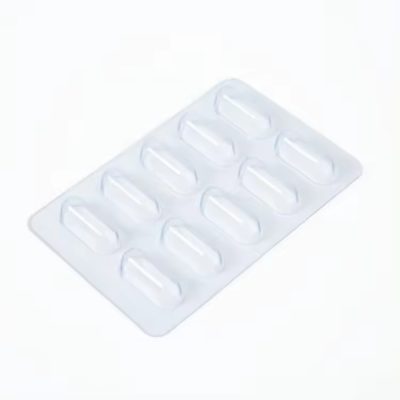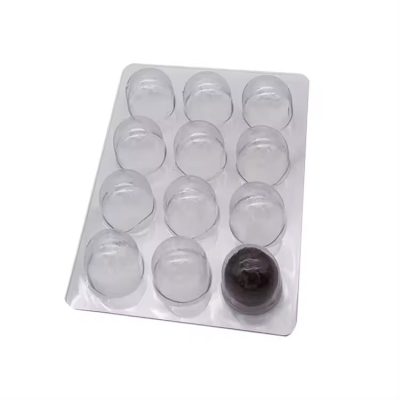Medical blister packaging has become a cornerstone in the healthcare industry, providing a reliable and efficient means of protecting and delivering medications and medical devices. This packaging method, characterized by its use of pre-formed plastic cavities and a lidding material, typically aluminum foil, is designed to preserve the integrity and efficacy of the products it encases. The following sections delve into the various aspects of medical blister packaging, highlighting its importance, materials used, benefits, and regulatory considerations.
Materials and Design
The primary materials used in medical blister packaging include PVC (polyvinyl chloride), PVDC (polyvinylidene chloride), and aluminum. These materials are chosen for their excellent barrier properties against moisture, oxygen, and light, which are critical in maintaining the stability and potency of pharmaceuticals. The blister pack consists of two main components: the blister, which is the cavity or pocket made from a formable web, usually a thermoformed plastic, and the lidding, typically composed of aluminum foil.
The design of blister packs can vary, but they generally fall into two categories: unit-dose and multi-dose packaging. Unit-dose blister packs contain a single dose per cavity, providing precise dosage control and reducing the risk of medication errors. Multi-dose packs, on the other hand, house multiple doses in a single blister, which can be beneficial for patient compliance and convenience.
Benefits of Medical Blister Packaging
Protection: Blister packaging offers superior protection from environmental factors such as humidity, contamination, and UV light, which can degrade the product over time. The sealed nature of the blister pack ensures that each dose remains uncontaminated until use.
Compliance and Adherence: Blister packaging aids in patient compliance by clearly organizing doses, often with clearly printed days or times, making it easier for patients to follow their prescribed medication regimen. This is particularly important for chronic conditions that require strict adherence to medication schedules.
Tamper Evident: Blister packs provide a tamper-evident barrier, which is crucial in ensuring the safety and integrity of the medication. Any attempt to open the pack prior to purchase is easily noticeable, thereby deterring tampering and counterfeiting.
Convenience and Portability: These packs are lightweight and portable, making them convenient for both healthcare providers and patients. The compact design allows for easy transport and storage, facilitating medication administration in various settings, from hospitals to home care.
Regulatory Considerations
The production and use of medical blister packaging are subject to stringent regulatory standards to ensure safety and efficacy. In the United States, the Food and Drug Administration (FDA) provides guidelines for the materials and processes used in pharmaceutical packaging. Similarly, the European Medicines Agency (EMA) has regulations to ensure that blister packs meet the necessary quality and safety standards. These regulations require thorough testing for barrier properties, stability, and safety to ensure that the packaging effectively protects the medication throughout its shelf life.
Innovations and Future Trends
Recent advancements in blister packaging technology focus on sustainability and smart packaging. Biodegradable and recyclable materials are being developed to reduce the environmental impact of blister packs. Additionally, smart blister packs incorporating technologies such as RFID (Radio Frequency Identification) and NFC (Near Field Communication) are emerging. These innovations can track medication usage, remind patients to take their doses, and even report adherence data to healthcare providers, thus enhancing patient care and outcomes.
Conclusion
Medical blister packaging plays a vital role in the pharmaceutical and healthcare industries. Its ability to protect medications, enhance patient compliance, ensure tamper evidence, and offer convenience makes it an indispensable component of modern healthcare. As technology continues to evolve, blister packaging will likely see further enhancements, driving better patient outcomes and aligning with global sustainability goals.







